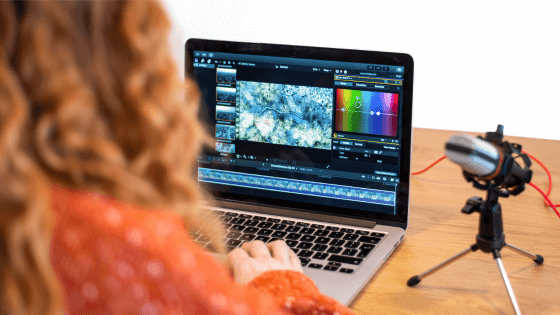
How to Dub or Translate a Video to Another Language
Localize your video to reach a global audience!
According to the latest video consumption statistics, nearly 3.5 billion internet users watch videos at least once a month (I’m definitely one of them). This figure, coupled with the growing preference for video content over text, has led businesses and content creators to embrace videos.
As such, the need to translate videos to another language to connect with a global audience becomes paramount; this is where video translation comes in.
But it is one thing to know that you need to translate your videos and another to know how to do it effectively. In this comprehensive guide, we’ll explain how to dub a video into another language and introduce an AI-powered tool to do it effortlessly. Let’s dive in!
What is video dubbing?
Video dubbing is the process of translating and replacing the original audio track in a video with a new one in a different language. This newly translated audio is synchronized with other audiovisual effects in the existing video to create a seamless viewing experience.
For example, you want to reach a Spanish-speaking audience with an English marketing video. In that case, dubbing will replace the English audio in the video with the Spanish version, with some editing that makes it seem like the video's original language is Spanish.
Video dubbing was originally used in filmmaking, but it now extends to other industries, such as marketing, online education, content creation for influencers, and more.
The most significant benefit of translating a video is that it allows you to reach a global audience by delivering videos in their native language. This makes your content resonate with them, increasing engagement and conversion.
How to dub a video into another language
As you dub a YouTube video or other video content, several key steps are involved to ensure the final video is as engaging and authentic as the original, including script translation, voice over recording, and editing.
Below are the detailed steps to follow to achieve this.
Step 1: Translate and localize the script
In case you don’t keep the original script, you need to transcribe the video into written text and I recommend using automatic transcription software to save time and effort.
Then, proceed to translate the script to your desired language. Keep in mind that this involves not just a word-for-word translation but also cultural and contextual adaptation to ensure the content resonates with the target audience.
Step 2: Record voice over
With the translated script in hand, the next step is to record the voice-over. One way to achieve this is to hire skilled voice actors (native speakers of the translated language) who can well understand the script and convey emotions.
Essentially, the recorded script should sound authentic and natural; there is no necessity for the voice actor to mimic each and every sound the original audio contains. The timing and emotional tone should also match those of the original video.
Step 3: Sync the dubbed audio and edit
This is where you replace the original spoken dialogue with the recorded one. It is a highly technical task that involves mixing the recorded audio with the sound effects in the original audio track and syncing the voice with the speaker’s mouth movement.
Some editing is also needed to modify the recorded dialogue to better fit the video's timing and ensure smooth transitions between scenes.
With the above steps, you would effectively dub audio over your video. But what if you want to do this for multiple languages?
It will not only be time-consuming but also expensive. Fortunately, the emergence of AI dubbing software offers an automated solution to streamline the video dubbing processes and give you a satisfactory result in minutes.
How to dub a video online easily with AI
While AI dubbing apps are still relatively new, they are already making waves across the video content creation industry, thanks to their ability to automate the seemingly complex dubbing task with high accuracy and precision.
Notta Showcase is one such tool that uses cutting-edge AI technology to dub your videos into 15 languages, including English, Spanish, Portuguese, French, and Japanese at a fast turnaround time.
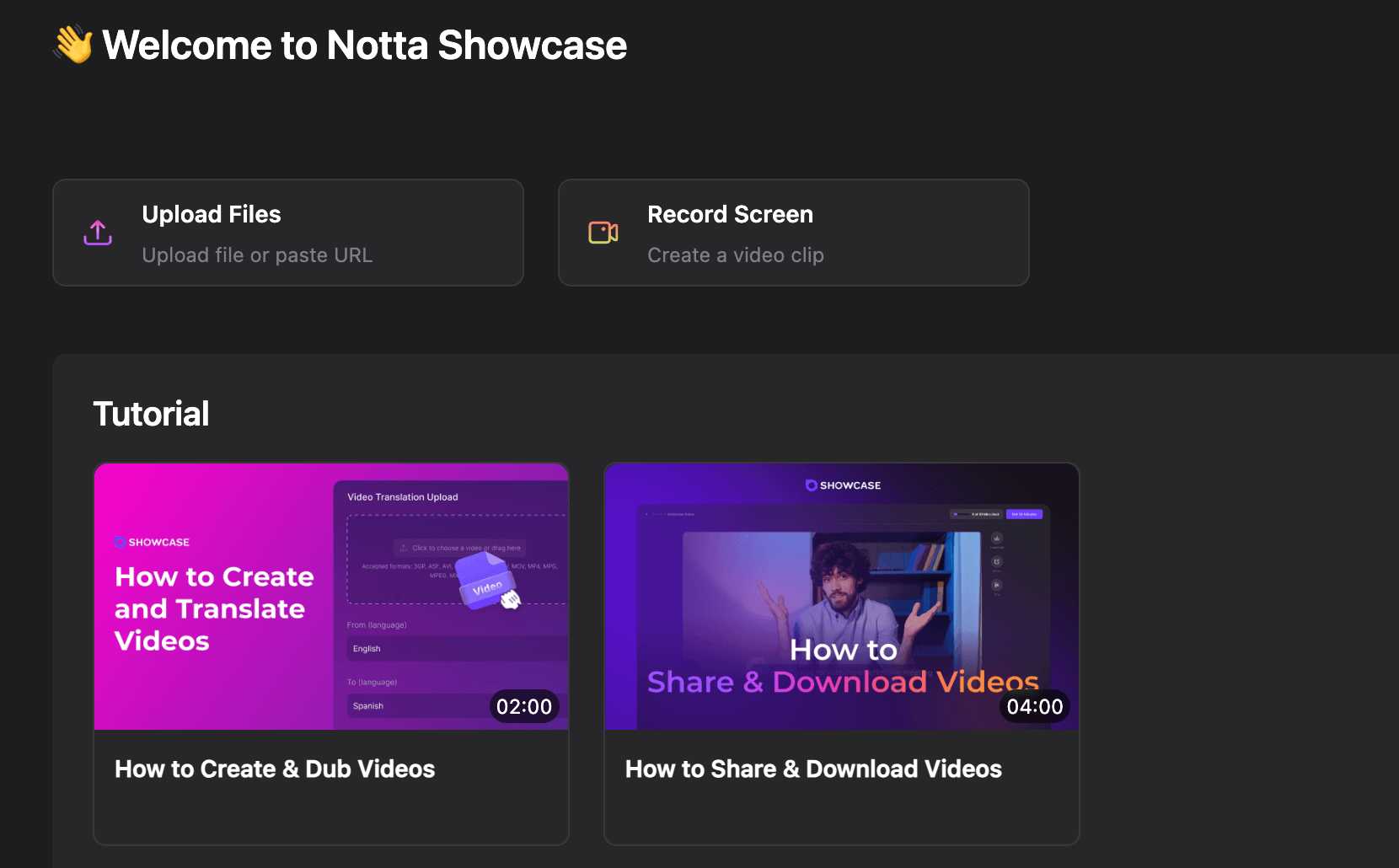
Moreover, its advanced voice cloning feature allows users to duplicate voices and therefore preserve the original speaker’s voice style to ensure a natural listening experience. The rich emotions are also maintained to enhance your video and extend the same engaging experiences to global markets.
Whether you are a content creator, educator, or a marketer, this tool is the ideal one-stop shop to take your video localization efficiency to the next level, freeing up time for you to focus on other productive tasks.
Below are steps to follow to dub your video with Notta Showcase:
Step 1: Upload your video
Upon entering your dashboard, click the 'Upload Files' button in the upper left, then upload any video you want to translate.
You can upload it from your device or simply paste a link from Loom, Google Drive, YouTube, or Dropbox. This tool supports various video formats, including MP4, MOV, MPG, and AVI so you shouldn't worry about.
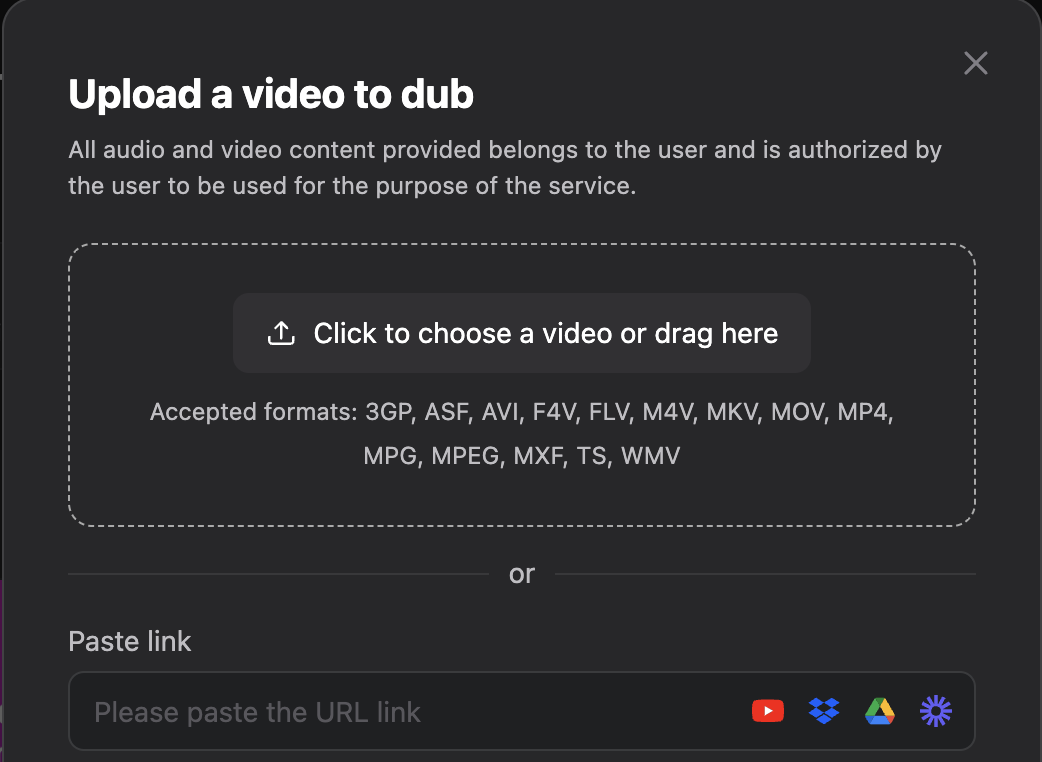
Step 2: Start the dubbing process
Select the source and target language, then click the 'Translate' button. Notta Showcase will start the process.
The tool will go through three processes in a few minutes: translation, transcription, and video dubbing using text-to-speech technology. All this will be done in the background, and you will only get the final dubbed video.
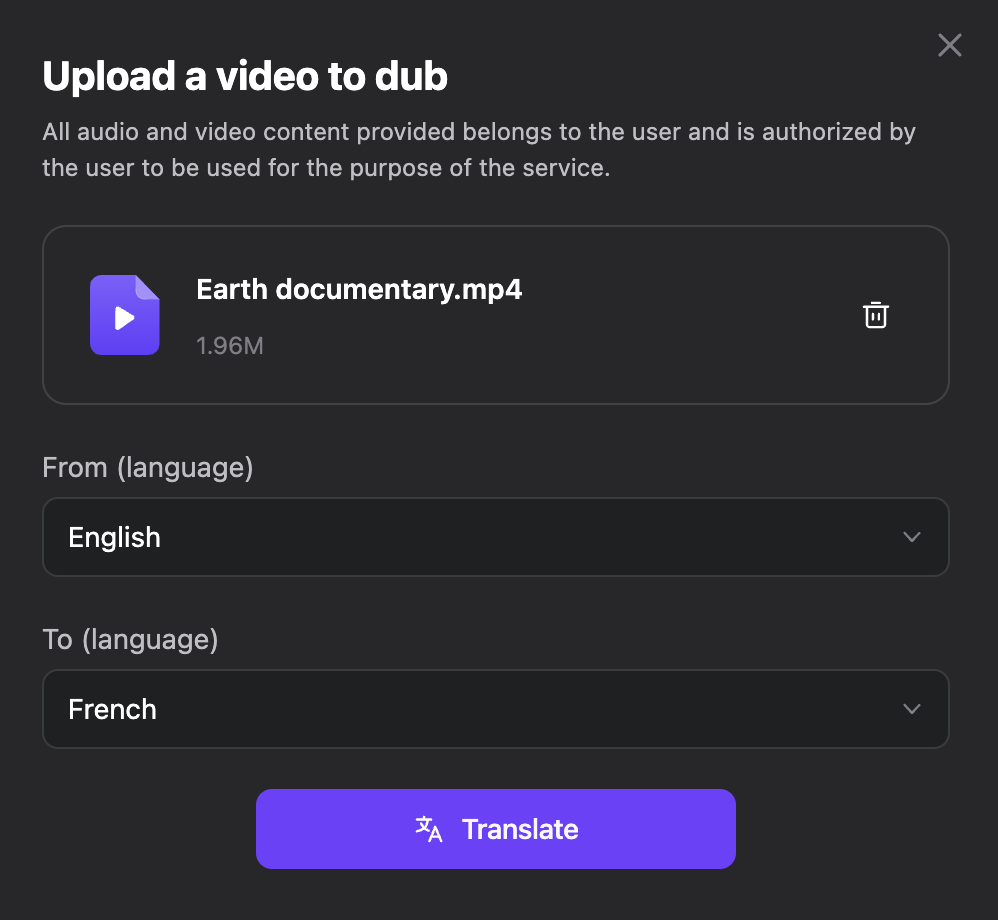
Step 3: Review and download
Once the dubbed video is ready, you can review and download it, or share the video with others with a link.
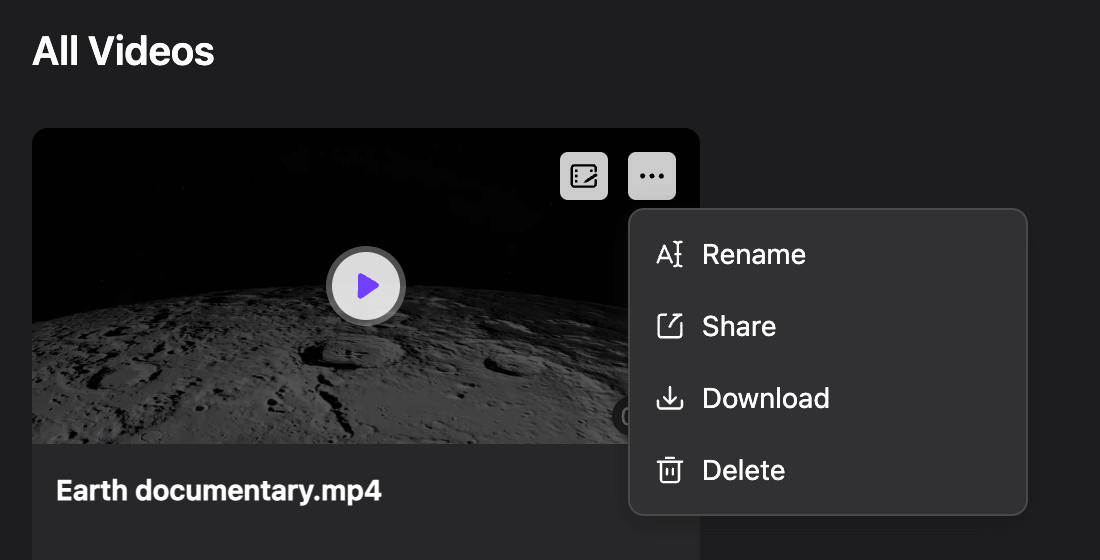
So, with these quick and easy steps, you will have your dubbed video in a few minutes—all with little to no effort from you and the help of Notta Showcase.
FAQs about video dubbing
1. How to dub a YouTube video?
You can dub a YouTube video easily by using Notta Showcase.
Open your Showcase dashboard, click the ‘Upload Files’ button, and paste the YouTube video link in the column.
Specify the source and target language and click ‘Translate’.
Grab a cup of coffee and wait for the video to be translated.
2. What is the best app for dubbing videos?
Currently, Notta Showcase is undoubtedly the most affordable app for dubbing videos, with features like wide language coverage, voice cloning, and automated captions. These features help maintain your video's originality, authenticity, and style in multiple languages.
Wrapping up
Video dubbing is here to stay, as the benefits and use cases transcend industries and disciplines. So, it is best to know how to dub a video in different languages.
In this guide, we have explained everything you need to do this yourself with aplomb. Among the two methods we discussed, using Notta Showcase is, without doubt, the easiest and most reliable. This online tool automates the video dubbing tasks and produces high-quality results, all at an affordable price.